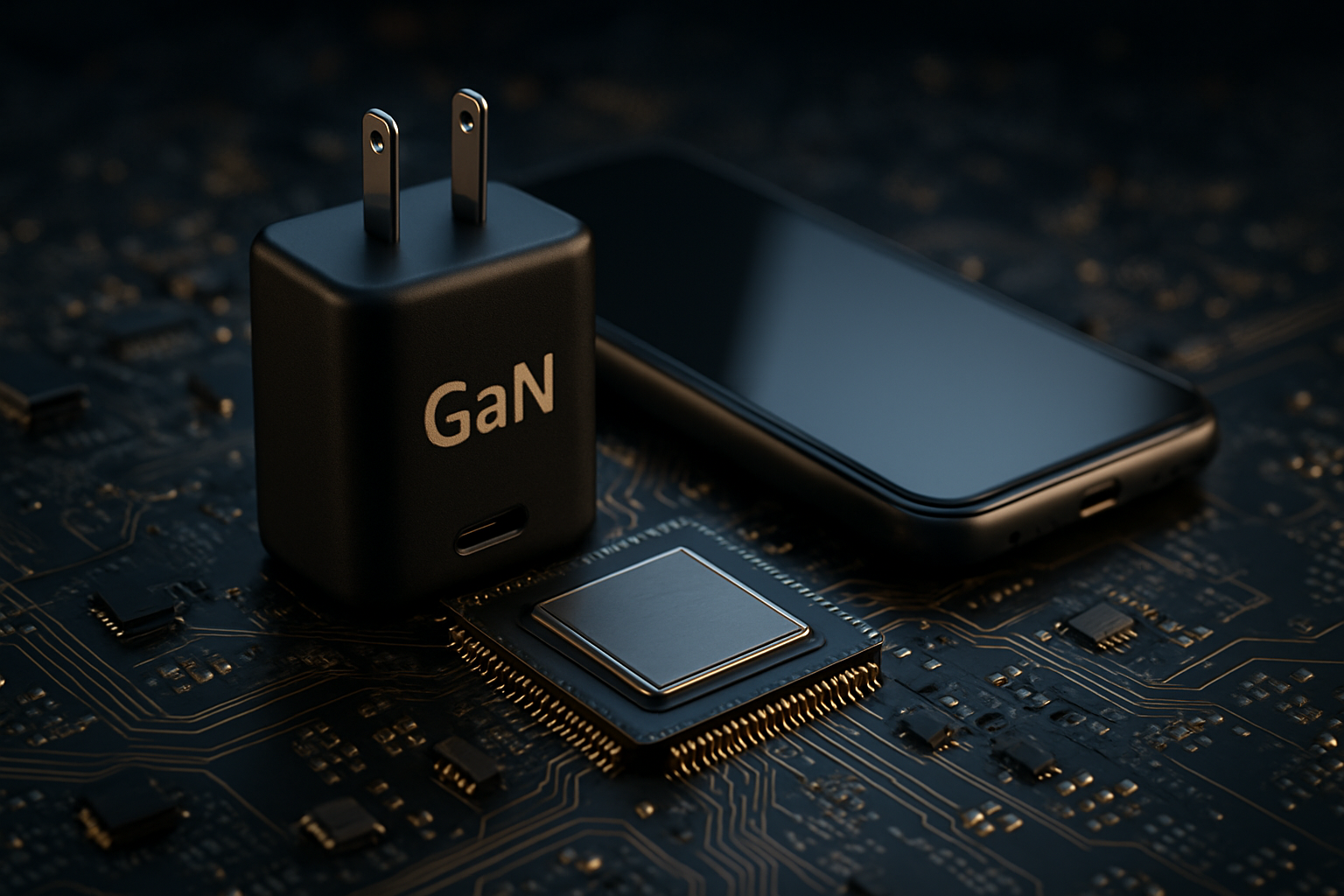"Rethinking Gaming: The Emergence of Holographic Technology"
Introduction: The world of gaming is on the brink of a massive transformation. Holographic technology, once the stuff of science fiction, is poised to revolutionize how we play. This technology promises a more immersive, interactive gaming experience than ever before. Is the future of gaming about to unfold?

A Brief History of Holography and Gaming
Holography is a method of producing three-dimensional images with light, first developed by physicist Dennis Gabor in the 1940s. It was initially used for electron microscopy, but its potential for other applications soon became apparent. The idea of using holography in gaming, however, is relatively new. Early attempts to incorporate holography into gaming platforms, like the Sega VR and Nintendo’s Virtual Boy in the 1990s, were commercial failures. Technology, however, has come a long way since then, and holography is making a comeback.
Breakthroughs in Holographic Gaming: Now and Future
In recent years, advancements in holography have made it a viable technology for gaming. Microsoft’s HoloLens, for instance, uses holographic technology to blend the physical and digital worlds. Although it’s currently used mainly for professional applications, its potential for gaming is clear. Looking forward, companies like Euclideon Holographics are developing fully holographic gaming tables, promising a new era of social, tabletop gaming.
The Impact: An Unparalleled Gaming Experience
Holographic technology takes gaming to a whole new level. It allows gamers to interact with virtual objects as if they were real, providing an unprecedented level of immersion. Furthermore, holographic gaming could make video games more social, bringing players together in a shared physical space. This could completely redefine the gaming landscape, making it more inclusive and appealing to a wider audience.
The Price of Progress: The Potential Market Impact
As with any cutting-edge technology, the cost of holographic gaming systems can be high. The HoloLens 2, for example, retails for around $3,500. However, as the technology becomes more mainstream, the prices are likely to come down. The success of affordable VR systems like the Oculus Rift suggests there is a market for high-end gaming tech, provided the price is right. If holographic gaming can follow a similar trajectory, it could become a significant player in the $159.3 billion global gaming market.
Final Thoughts: The Future of Holographic Gaming
While it’s still early days, the potential of holographic gaming is immense. As technology continues to advance, we can expect to see more and more games taking advantage of this exciting new medium. The future of gaming is not just on our screens—it’s in our living rooms, on our tabletops, and all around us. The age of holographic gaming is just beginning.
In conclusion, the gaming world stands at an exciting crossroad. As holographic technology continues to evolve and become more accessible, we could witness a seismic shift in how we play and interact with games. The future is bright, and it’s holographic.





